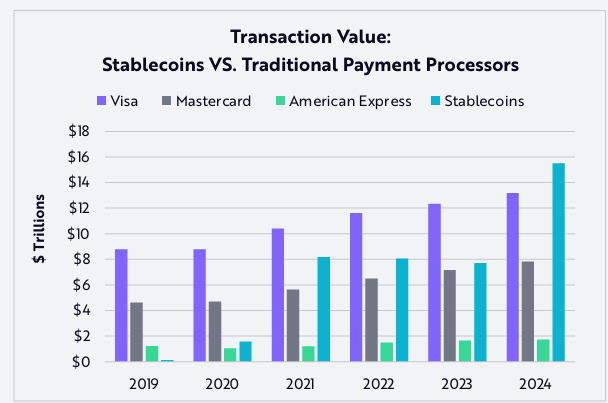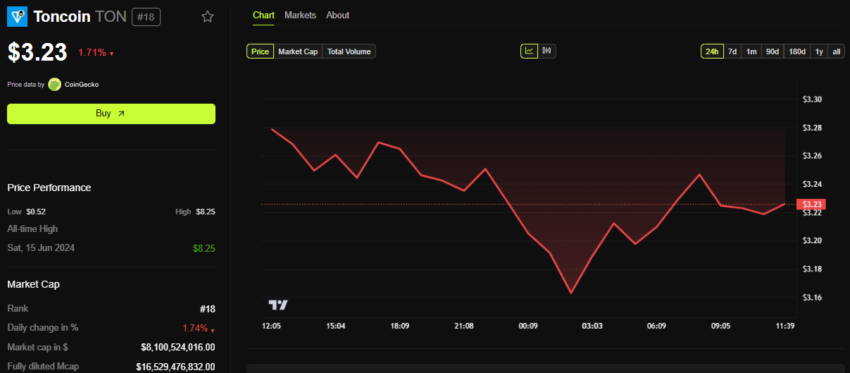The role of stablecoins is expanding beyond the crypto market and attracting attention from traditional financial institutions. Meanwhile, new regulations from Europe and the US could make stablecoins more useful in the real world.
However, these regulations also pose challenges for stablecoin issuers like Tether and Circle. Currently, Tether’s USDT and Circle’s USDC dominate the stablecoin market capitalization, but many experts believe this could change in the future.
Expert Questions the Sustainability of Tether and Circle’s Business Model Under New Regulations
A recent PitchBook report revealed that the top 10 stablecoins have a total market capitalization of approximately $220 billion—up from less than $120 billion two years ago. Tether alone accounts for about 65% of this total, while USDC holds another 25%.

The report also highlighted that fiat-backed stablecoins are the most common, making up around 95% of the total supply. However, Robert Le, a senior analyst at PitchBook, warned that such a high concentration carries risks.
“Another major risk is centralization, in which a single entity such as Tether or Circle controls the minting and burning of tokens, raising concerns about decision-making and conflict of interest. An issuer might halt redemptions or freeze funds under regulator pressure, hurting legitimate holders,” PitchBook Analyst Robert Le commented.
Legal risks are also becoming more evident as US regulators draft specific rules for stablecoins. Several bills, including FIT21, GENIUS, and STABLE, are currently under discussion.
The US is expected to introduce stablecoin-specific legislation next year. This would legalize stablecoins but impose stricter requirements on issuers, such as higher reserve standards, mandatory audits, and increased transparency. Meanwhile, the EU’s MiCA regulations require stablecoins to meet banking-like standards. In response, Tether has opted out of the European market to avoid MiCA compliance.
Traditional Finance Firms Plan to Enter the Stablecoin Market
A report from Ark Invest stated that in 2024, the total annual transaction volume of stablecoins reached $15.6 trillion—equivalent to 119% of Visa’s volume and 200% of Mastercard’s. Despite this, the number of stablecoin transactions remains relatively low at 110 million per month, only 0.41% of Visa’s and 0.72% of Mastercard’s.
This suggests that the average stablecoin transaction value is significantly higher than those of Visa and Mastercard.

Due to this growing demand, traditional financial institutions are racing to develop their own stablecoins.
Major banks like BBVA and Standard Chartered are considering launching their own stablecoins. PayPal has already introduced PYUSD, while Visa is developing the Visa Tokenized Asset Platform (VTAP) to help banks issue stablecoins. Notably, Bank of America (BoA) recently committed to launching a stablecoin if new US regulations permit.
Meanwhile, investment giants such as BlackRock, Franklin Templeton, and Fidelity are offering tokenized money market funds. These funds function similarly to stablecoins and could directly compete with USDC and USDT.
“We further expect that every major financial platform or fintech app will seek to launch its own stablecoin, hoping to lock users into seamless payment ecosystems. However, we believe only a handful of trusted issuers—those with regulatory greenlights, recognized brands, and proven technological reliability—will ultimately capture the majority of market share.” – PitchBook predicted.
The post Tether and Circle Face Rising Competition as Major Banks Eye Stablecoin Launches appeared first on BeInCrypto.







 Final Results:
Final Results: